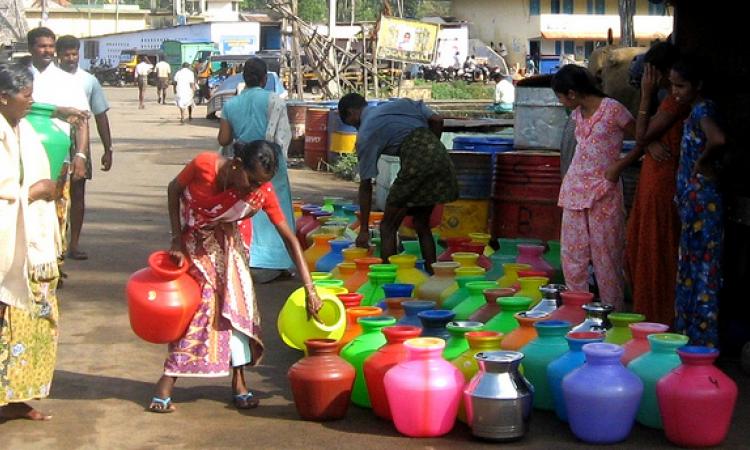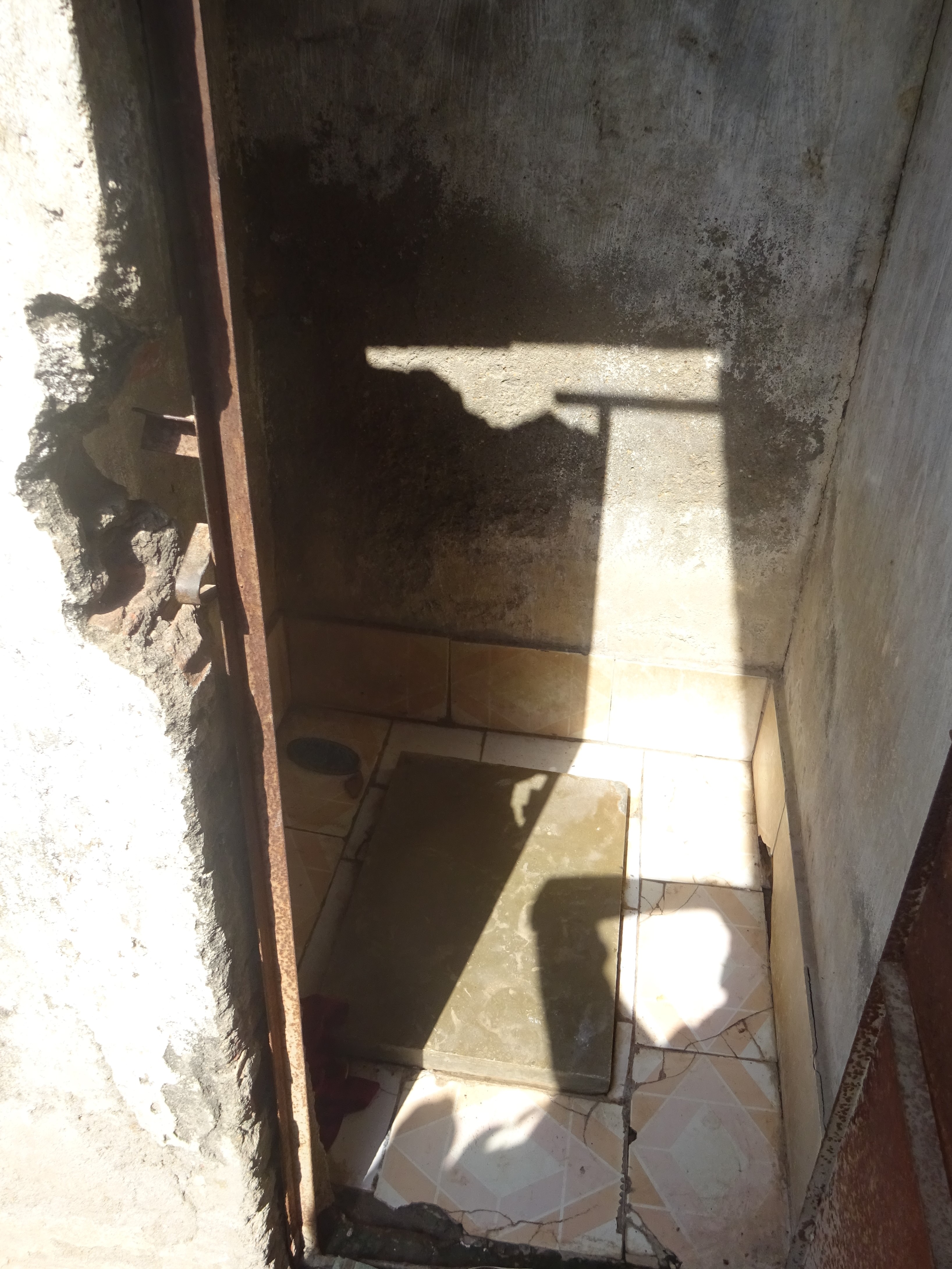
The current set of government programmes such as Swachh Bharat Mission (SBM), National Rural Drinking Water Programme (NRDWP) and Atal Mission for Rejuvenation and Urban Transformation (AMRUT) have gone a long way in improving access to water and sanitation services in India. With an eye on achieving the Sustainable Development Goal 6 of ensuring sustainable access to water and sanitation for all by 2030, the donors (governmental and non-governmental) are likely to grow their efforts in providing water and sanitation services to the underserved. Given that billions of dollars will be committed towards the cause going forward, it is important to examine the efficacy of the ongoing programmes and how these can be improved.
Blind spots in accessing water
Data from the WHO/UNICEF Joint Monitoring Programme indicates that between 1990 and 2015, nearly 600 million people in India gained access to improved water sources. The WHO defines an improved water source as one that “by nature of its construction or through active intervention, is likely to be protected from outside contamination, in particular from contamination with fecal matter”. This metric accounts for the uncontaminated water source accessed by households but do little to track the quality of water eventually consumed. Unsafe storage, and/or inadequate treatment to remove contaminants arising from domestic, or industrial pollution, can cause devastating health consequences, particularly among young children. Thus, while access to improved water sources has improved drastically on paper, access to safe water remains a challenge for more than 50 percent of India’s population (Institute for Health Metrics and Evaluation, 2015).
There are two critical drivers of this situation. First, a lack of understanding among households of what constitutes safe water. Our research across eight states in India strongly suggests that households typically perceive the quality of available water based on its physical attributes--color, taste, and smell. They often lack the skill and knowledge to identify water contaminants that are not visible, or treatment solutions to remove them, and therefore, end up consuming untreated or inadequately treated water. The second driver is an underinvestment in secondary treatment of water (post distribution but prior to consumption). Even when households recognise the need for treatment prior to use, the practice remains limited to selective use cases (e.g. for infants, elderly or the sick), or to inferior treatment techniques (e.g. cloth filters or boiling in some cases).
Problems exist in accessing better sanitation
Similar gaps exist in sanitation, although the data from the WHO/UNICEF Joint Monitoring Programme indicates almost 365 million people gained access to improved sanitation services in India between 1990 and 2015. Several households examined in our recent study often practised open defecation due to the lack of sufficient water in existing facilities (individual as well as community toilets). Some households were using their toilets as storage space due to the poor quality of construction. Ecosystem factors such as the availability of sufficient water, high construction quality, and reliable O&M services to operate toilets are often overlooked at the design stage and lead to low usage, even in cases where access to toilets exists.
While providing access to toilets remains the first critical step in the provision of sustainable sanitation services, a sufficient view of the full spectrum of sanitation services is missing from the ongoing efforts. For example, there is a gap in providing Fecal Sludge Management (FSM) services in the country--less than 30 percent of the fecal waste generated in the country is properly treated and safely disposed of. It is a common practice to dispose of untreated waste in open fields. While treated human waste can be used as a fertiliser, disposal of untreated waste introduces various risks. In addition to typically reported health issues from the spread of disease-causing micro-organisms, there is also the risk of exposing soil and groundwater to E.coli, which could have devastating effects for the food value chain.
A large section of the population still lacks access to sanitation and there are several factors that contribute to this situation. While the government provides “incentives” for toilet construction under the SBM, the amount is insufficient (often covering about 60-70 percent of the costs), and does not match the household’s cash outflows. We also encountered cases where households and contractors lack understanding of toilet design norms, often demanding toilets that far exceed recommendations (e.g. size of the collection tank or pit). This increases the cost estimate for a toilet (often by 30-40 percent), further deterring households from building toilets.
The government’s “financial incentive” for building toilets is often misconstrued to be a full subsidy and beneficiaries are unwilling to put their own savings or borrow the remaining amount. In the absence of any interim financing solutions (such as bridge loans), households face an increased requirement for working capital. For the 50 percent of India’s population living under $2/day, this is a significant challenge to the adoption of toilets. Often, there are also more pressing household expenses such as the existing debt repayment, or education and medical expenses take precedence over toilet building. Some households are unwilling to bear the additional costs of services such as septic tank cleaning (costing up to Rs 2,000-3,000) that are often unreliable (can involve up to a week in lead-time) or of poor quality (e.g. spillage while cleaning).
How do we address these blind spots?
One of the fundamental drivers of poor adoption of good water and sanitation practices is a gap in communicating the negative health implications at the household level. This is a direct result of underspending on IEC/BCC (Information Education Communication/Behaviour Change Communication) activities by the government and the broader ecosystem. Our estimates suggest that a total of approximately $2– 3 billion is required to conduct sanitation related IEC/ BCC activities over the next 10-15 years, out of which the current spending may only address 20-30 percent of this need. Going forward, we recommend more development dollars to be spent on IEC/ BCC activities: For water, this means communicating the importance of quality beyond visible attributes. For sanitation, the tasks boil down to establishing the linkage between open defection and negative health impacts, recommending the ideal type and design of toilets, and norms around cleaning/ O&M.
We also need to invest in infrastructure that goes beyond the immediate question of access. For water, this implies investing in secondary water treatment services potentially through safe water enterprises or through low-cost water filters. Our analysis suggests a gap of around $ 10 – 15 billion till 2015-2030 in providing secondary water treatment services--this assumes that cost-effective, decentralised treatment services through safe water enterprises are extended to provide the last mile purification services to the underserved. In sanitation, investments are required for more robust downstream sanitation services (i.e. FSM) as well as capacity building of available contractors to adhere to recommended design and O&M norms. The government may also consider accreditation and empanelment of available contractors to reduce information asymmetry in the market. These measures in complementarity with the ongoing efforts hold the key to realising the true benefits of WASH investments in the country.